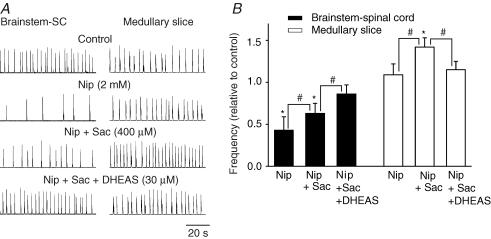Figure 7. The effects of DHEAS on the changes of respiratory frequency caused by elevated levels of endogenous GABA.
A, rectified and integrated suction electrode recordings of C4 ventral root in P0 brainstem–spinal cord (SC) (left panel) and XII nerve root activity in P0 medullary slice (right panel) preparations. Endogenous levels of GABA were elevated by bath application of the GABA uptake inhibitor nipecotic acid (Nip). This resulted in a clear decrease in respiratory frequency of brainstem–SC preparations and a slight, but insignificant increase in medullary slice preparations after 20 min of nipecotic acid application. The antagonist to GABAB receptor, saclofen (Sac), was added to the bathing medium to minimize the component of the respiratory frequency depression resulting from the actions of GABAB receptors. The remaining GABAA receptor-mediated decrease and increase of respiratory frequency in brainstem–spinal cord and medullary slice preparations, respectively, was depressed by DHEAS. B, population data showing changes in respiratory frequency relative to control for in vitro preparations exposed to the drug paradigms shown in A. Each data point was from four P0 preparations. * indicates significant difference relative to control (P < 0.05); # indicates significant difference between groups (P < 0.05). Results are expressed as mean ± standard deviation (s.d.)

